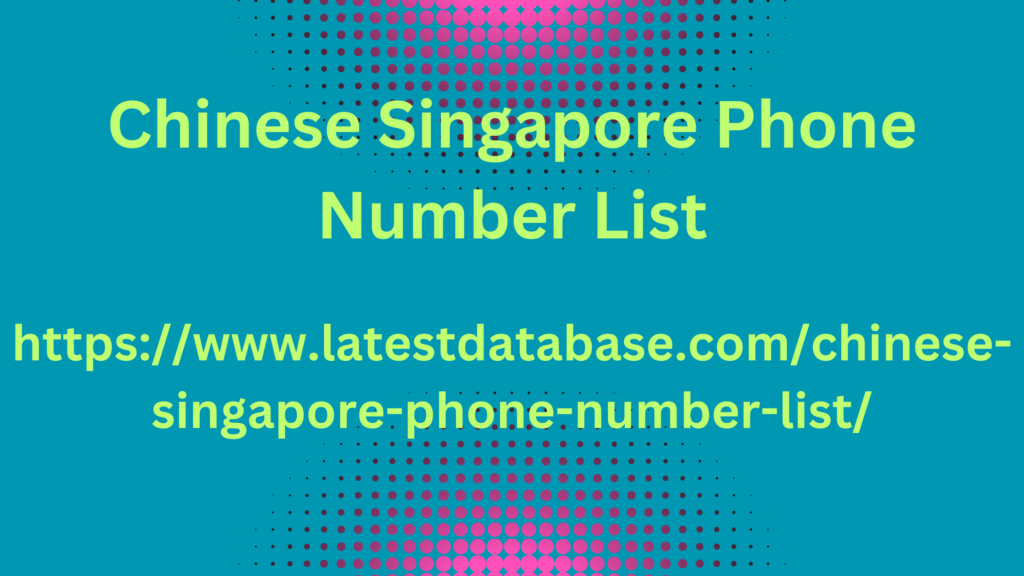|
|
The principle: the person who starts asks the waitress to also pay for the person who follows them, whatever the order, and the next person gets a free meal. The chain turns into a payment chain when the next person decides to continue it, and so on. It's a bit complex to explain, in any case Starbucks created a buzz even if some criticized the method as indicated in this article . In this example, nudge marketing was incentivizing, but sometimes too much to the point of making people feel guilty for not following the pay it forward channel.
People therefore felt obliged to pay for an order other than their own. This example is Chinese Singapore Phone Number List perfect to illustrate nudge marketing, which can also sometimes be too incentivized and can backfire on the company that implemented it. The “Cold Water” campaign In 2015, the British government launched a nudge marketing campaign to encourage people to save water. T“Cold water saves energy” and “Turn off the tap when brushing your teeth.” The idea was that people would see the stickers and be more inclined to save water. And it worked.

The campaign was a success and saved the UK government millions of liters of water. More recently, for the online nudge marketing campaign, we have seen Google roll out a series of changes to the Gmail interface. The most notable of these is the “nudge” which encourages users to respond to emails . The new feature offers suggestions like “It looks like you haven't responded to this message. Would you like to do it?” when an email has remained unopened in a user's inbox for several days. The idea behind this change is that by giving users a small reminder, they are more likely to take action and respond to the email.
|
|